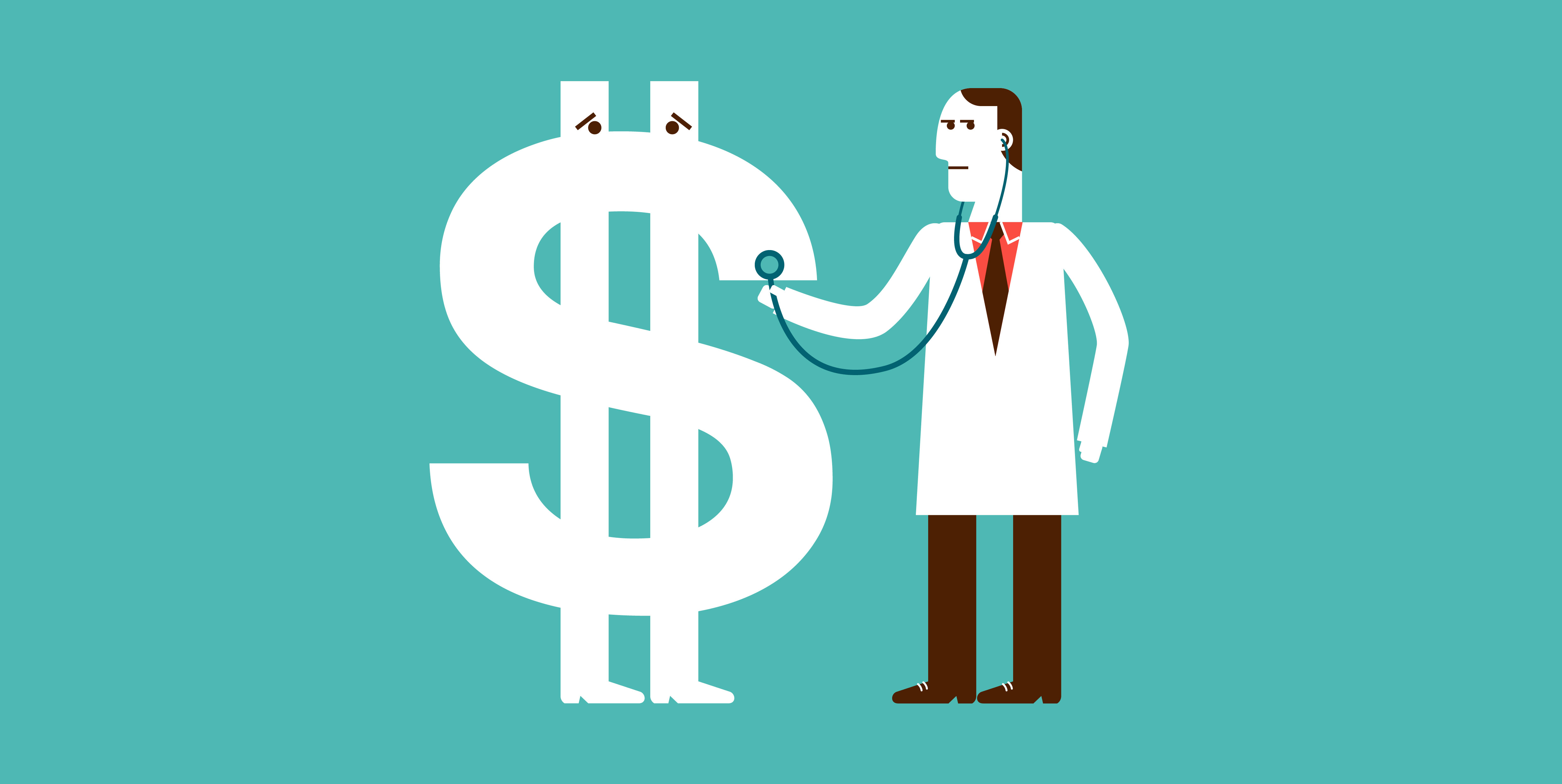Anesthesia
Overview
Anesthesia is a way to give you medicine that blocks pain during medical procedures, especially surgery. Depending on the type of anesthesia used, you might be completely awake, awake but sleepy (conscious sedation) or completely unconscious.
Types of Anesthesia
There are three kinds of anesthesia your doctor can give you, and he or she will choose the one most appropriate for your procedure.
- Local anesthesia: This type blocks nerve signaling in the area immediately around where it’s given, numbing only that small area. Common uses for local anesthesia include minor dental work, stitches and skin biopsies.
- Regional anesthesia: This anesthesia numbs a whole section of your body, like an arm or the lower half of your body. The medicine blocks signaling by the entire group of nerves that go to that body part. Common uses include biopsies, minor surgery, including reconstructive and dental surgeries, and endoscopy procedures. An epidural is a type of regional anesthesia.
- General anesthesia: This type of anesthesia puts you to sleep, and you are completely unaware of what’s happening. It stops your brain from processing the pain signals from your nerves. It’s used for major procedures that take a long time, would be very painful or would cause to much anxiety for conscious sedation.
Preparing for Anesthesia
There’s no preparation needed for local anesthesia. You will prepare for regional or general anesthesia as part of your preparation for surgery. This preparation often includes meeting with your anesthesiologist who will ask about your medical history to help determine the best medicine to use and the right dose.
Give your doctor a list of all the medicines you take, remembering to include both prescription and over-the-counter drugs as well as herbal or nutritional supplements. Some drugs, like aspirin and warfarin (Coumadin) can increase bleeding risk, and others can interact with the anesthesia medicine. You might need to stop taking these drugs up to two weeks before your procedure.
Your doctor will tell you which of your other drugs you can take the morning of your procedure and which ones to skip for that day.
Alcohol and tobacco can also affect how anesthesia drugs work, so try to quit smoking two weeks before your procedure and don’t drink alcohol the day before.
Tell your doctor if you are pregnant.
You will need to avoid all food and liquids after midnight the day before your procedure. This is to prevent vomiting from the anesthesia drug.
If you will be going home after your procedure, arrange for someone to drive you.
How you get your anesthesia will depend on the drug used. If you will be getting an injection or IV line, the doctor will clean your skin with an antiseptic cleanser.
Local anesthesia is usually given as an injection, but there are also topical gels that numb your skin.
Regional anesthesia can be an oral dose, a shot into muscle or put into an IV. Oral medications can take up to an hour to work, but other doses should work within about 20 minutes. You might also wear an oxygen mask or get IV fluids. The doctor or nurse will check your vital signs every few minutes.
Regional anesthesia doesn’t put you to sleep, but doctors often use a sedative along with the anesthesia so you will relax. You may fall asleep from the sedative, but the doctor can wake you if necessary and you will be able to respond to directions. This is called conscious sedation. It’s common to not remember anything about the procedure afterwards.
Depending on the medicine used, your anesthesiologist can give you general anesthesia through an IV or through a mask. You might also be on a ventilator to help you breathe. Your anesthesiologist will watch you closely during the whole procedure to be sure all your vital signs stay normal, adjusting the amount of medicine as necessary.
Recovery Time
Local anesthesia wears off within a few hours and doesn’t usually limit your activity much. If your having dental work done, your dentist may warn you to avoid eating until it has worn off to avoid biting your tongue.
After regional or general anesthesia, you may have a headache and feel sleepy, groggy and/or sick to your stomach. General anesthesia might also leave you with a dry mouth, sore throat or feeling cold.
A nurse will monitor you during recovery, checking vital signs like blood oxygen levels and blood pressure. If you are nauseous and/or vomiting, the nurse may be able to give you medicine to help.
You can leave about one to two hours after regional anesthesia. You should rest for the remainder of the day and can return to normal activities, including driving and drinking alcohol, the following day. You will usually stay in the hospital after a procedure using general anesthesia.
Anesthesia Side Effects
Anesthesia is a safe procedure, but it can have unexpected side effects, including an allergic reaction and breathing problems.
Local and regional anesthesias sometimes cause temporary weakness in the numbed area. Other possible, but rare complications include:
- Bleeding
- Infection
- Permanent nerve damage
General anesthesia is more likely to cause side effects or complications, because it affects your whole body. Possible problems include:
- Nausea and vomiting; your doctor can give you medicine to prevent this Irregular heartbeat
- Temporary confusion; this is more likely in older adults, especially after certain procedures, like open heart surgery
- Damage to vocal cords, teeth or tongue, from the ventilator
General anesthesia can also cause heart attack and stroke, but these are rare.
Some people are at higher risk for complications from general anesthesia, including those who:
- Smoke
- Drink a lot
- Have allergies, especially to medications
- Have heart, lung or kidney disease





